When did pet food get so complicated? In years gone by it was something fishy for the cat, something meaty for the dog, and a carrot for the rabbit. Today there are 'in gravy' and 'in jelly' varieties in pouches and trays for cats, there are dry mixes and moist foods for dogs, and let's not forget kitten/puppy, adult and senior life-stage products, and 'light' variants for overweight pets. Choosing what to stock could be a minefield for convenience retailers. Thankfully, like most other categories, the mantra is 'big brands and best sellers'.
According to IRI traditional convenience data (week ending November 28, 2009), Mars is the biggest player in the convenience market with a 45% brand share and brands including Whiskas and Pedigree.
Despite stories in the national press about people abandoning their pets in the recession because they can no longer afford to look after them, Mars Petcare convenience trading director Wayne Tessier says pet care was one of the few categories to prove itself "recession-proof" in 2009. "Pet care shoppers not only shopped more frequently but they bought more items per shopping trip than the average consumer (source: TNS). Four out of 10 households purchase pet food once every two weeks. For these reasons, convenience retailers should not underestimate the importance of drawing the pet care shopper to their stores pet care is a destination category."
Tessier advises retailers to ensure that shoppers can find the products they are looking for easily. "A well-known brand is one of the key motivators to purchase in the pet care sector and this remains the case in times of recession."
He adds: "According to TNS data, pet care is one of the 10 fastest growing categories in terms of sales, and convenience retailers should reflect this in the level of shelf space allocated to the pet care category."
His recommended range for c-stores is: Whiskas Favourites/Fishermans pouch 12-pack; Pedigree six-pack gravy or jelly can multipack; Pedigree DentaStix seven-stick pack; Sheba turkey & chicken tray; Cesar lamb & turkey tray; Pedigree 400g original can; Thomas 8ltr/Catsan 10ltr cat litter; Go Cat tuna/herring 375g; Bakers Complete 1.5kg beef/veg; and Whiskas Temptations.
Nestlé Purina customer development director Andrew Harding reckons the number one priority for pet food shoppers is availability. "It's imperative that retailers understand firstly what products their pet food shoppers require and then ensure that they are always in stock. Pet owners are fiercely loyal to their favourite brands and are often more loyal to these than to the retailers they buy from meaning many pet owners will avoid shops that do not offer their preferred product.
"They genuinely care about what they feed their pets. In addition, they don't change products because of concerns that their pet won't eat the new food and their money would be wasted."
As well as brands, there are pack formats to consider. Tessier explains: "Convenience stores often stock more canned cat food products than pouch, although sales data reveals that pouch cat food is increasingly leading the way in terms of sales (24% share for pouch versus 13% share for can, according to IRI).
"There is still a place for cans in the convenience sector, but pouch products are increasingly popular and retailers should ensure that the can-to-pouch shelf space ratio reflects their sales."
Harding adds: "Retailers shouldn't shy away from stocking multipacks, either. They have a higher cash transaction which will increase average weight of purchase, and a 12-pack of pouches in cat food will last for three or four days so it's therefore ideal for a top-up shop."
When it comes to dog food, Harding says 56% of dog owners feed a mixture of wet and dry, which needs to be reflected within a convenience store's product range. And 76% of dog owners feed a complete dry dog food. Bakers is the number one brand in the convenience channel (IRI) so is therefore a must-stock for retailers.
Both Mars and Nestlé point to pet treats as a growth area and something c-store retailers should consider. Says Harding: "Feeding specially prepared treats is better than feeding table scraps because human food is often high in salt and will alter the balance of a dog's diet."
He says sales of dog treats in the convenience channel are growing and recommends that retailers stock Bakers Allsorts and Bakers Rewards as well as the top-selling (IRI) dog biscuit brand, Bonio.
Mars' Tessier says that while some retailers may want to stock a small selection of products for small mammals, fish and birds, it is worth remembering that cat and dog products account for 83% of pet food sales.
However, Cranswick Pet Products reckons that wild bird food has huge impulse purchase appeal so is ideal for c-stores. The company's marketing and category manager Rachael Dickinson says: "A selection of core seed and peanuts in prepacks, a value feeder and six-pack fat balls are a good core range for a c-store.
"Growth in the wild bird category has been rising steadily over the past decade.Feeding the birds fits into any lifestyle it's like having a pet, but without the chores.It also provides people with the feelgood factor of believing they've 'done their bit', especially in the cold weather.This is definitely a category that should be explored."
According to IRI traditional convenience data (week ending November 28, 2009), Mars is the biggest player in the convenience market with a 45% brand share and brands including Whiskas and Pedigree.
Despite stories in the national press about people abandoning their pets in the recession because they can no longer afford to look after them, Mars Petcare convenience trading director Wayne Tessier says pet care was one of the few categories to prove itself "recession-proof" in 2009. "Pet care shoppers not only shopped more frequently but they bought more items per shopping trip than the average consumer (source: TNS). Four out of 10 households purchase pet food once every two weeks. For these reasons, convenience retailers should not underestimate the importance of drawing the pet care shopper to their stores pet care is a destination category."
Tessier advises retailers to ensure that shoppers can find the products they are looking for easily. "A well-known brand is one of the key motivators to purchase in the pet care sector and this remains the case in times of recession."
He adds: "According to TNS data, pet care is one of the 10 fastest growing categories in terms of sales, and convenience retailers should reflect this in the level of shelf space allocated to the pet care category."
His recommended range for c-stores is: Whiskas Favourites/Fishermans pouch 12-pack; Pedigree six-pack gravy or jelly can multipack; Pedigree DentaStix seven-stick pack; Sheba turkey & chicken tray; Cesar lamb & turkey tray; Pedigree 400g original can; Thomas 8ltr/Catsan 10ltr cat litter; Go Cat tuna/herring 375g; Bakers Complete 1.5kg beef/veg; and Whiskas Temptations.
Nestlé Purina customer development director Andrew Harding reckons the number one priority for pet food shoppers is availability. "It's imperative that retailers understand firstly what products their pet food shoppers require and then ensure that they are always in stock. Pet owners are fiercely loyal to their favourite brands and are often more loyal to these than to the retailers they buy from meaning many pet owners will avoid shops that do not offer their preferred product.
"They genuinely care about what they feed their pets. In addition, they don't change products because of concerns that their pet won't eat the new food and their money would be wasted."
As well as brands, there are pack formats to consider. Tessier explains: "Convenience stores often stock more canned cat food products than pouch, although sales data reveals that pouch cat food is increasingly leading the way in terms of sales (24% share for pouch versus 13% share for can, according to IRI).
"There is still a place for cans in the convenience sector, but pouch products are increasingly popular and retailers should ensure that the can-to-pouch shelf space ratio reflects their sales."
Harding adds: "Retailers shouldn't shy away from stocking multipacks, either. They have a higher cash transaction which will increase average weight of purchase, and a 12-pack of pouches in cat food will last for three or four days so it's therefore ideal for a top-up shop."
When it comes to dog food, Harding says 56% of dog owners feed a mixture of wet and dry, which needs to be reflected within a convenience store's product range. And 76% of dog owners feed a complete dry dog food. Bakers is the number one brand in the convenience channel (IRI) so is therefore a must-stock for retailers.
Both Mars and Nestlé point to pet treats as a growth area and something c-store retailers should consider. Says Harding: "Feeding specially prepared treats is better than feeding table scraps because human food is often high in salt and will alter the balance of a dog's diet."
He says sales of dog treats in the convenience channel are growing and recommends that retailers stock Bakers Allsorts and Bakers Rewards as well as the top-selling (IRI) dog biscuit brand, Bonio.
Mars' Tessier says that while some retailers may want to stock a small selection of products for small mammals, fish and birds, it is worth remembering that cat and dog products account for 83% of pet food sales.
However, Cranswick Pet Products reckons that wild bird food has huge impulse purchase appeal so is ideal for c-stores. The company's marketing and category manager Rachael Dickinson says: "A selection of core seed and peanuts in prepacks, a value feeder and six-pack fat balls are a good core range for a c-store.
"Growth in the wild bird category has been rising steadily over the past decade.Feeding the birds fits into any lifestyle it's like having a pet, but without the chores.It also provides people with the feelgood factor of believing they've 'done their bit', especially in the cold weather.This is definitely a category that should be explored."






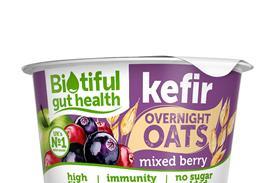


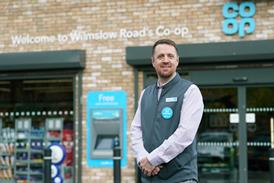









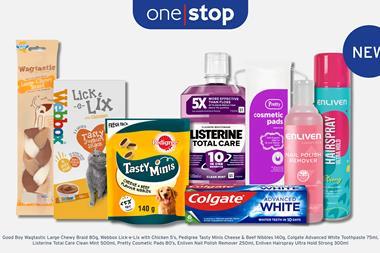


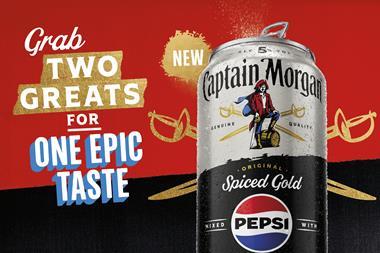

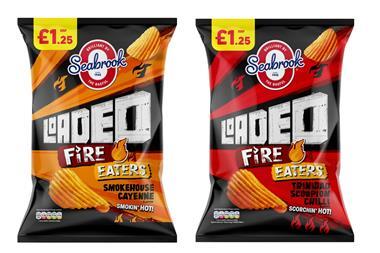
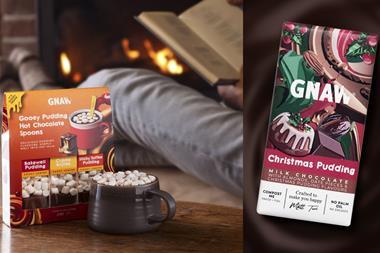
No comments yet